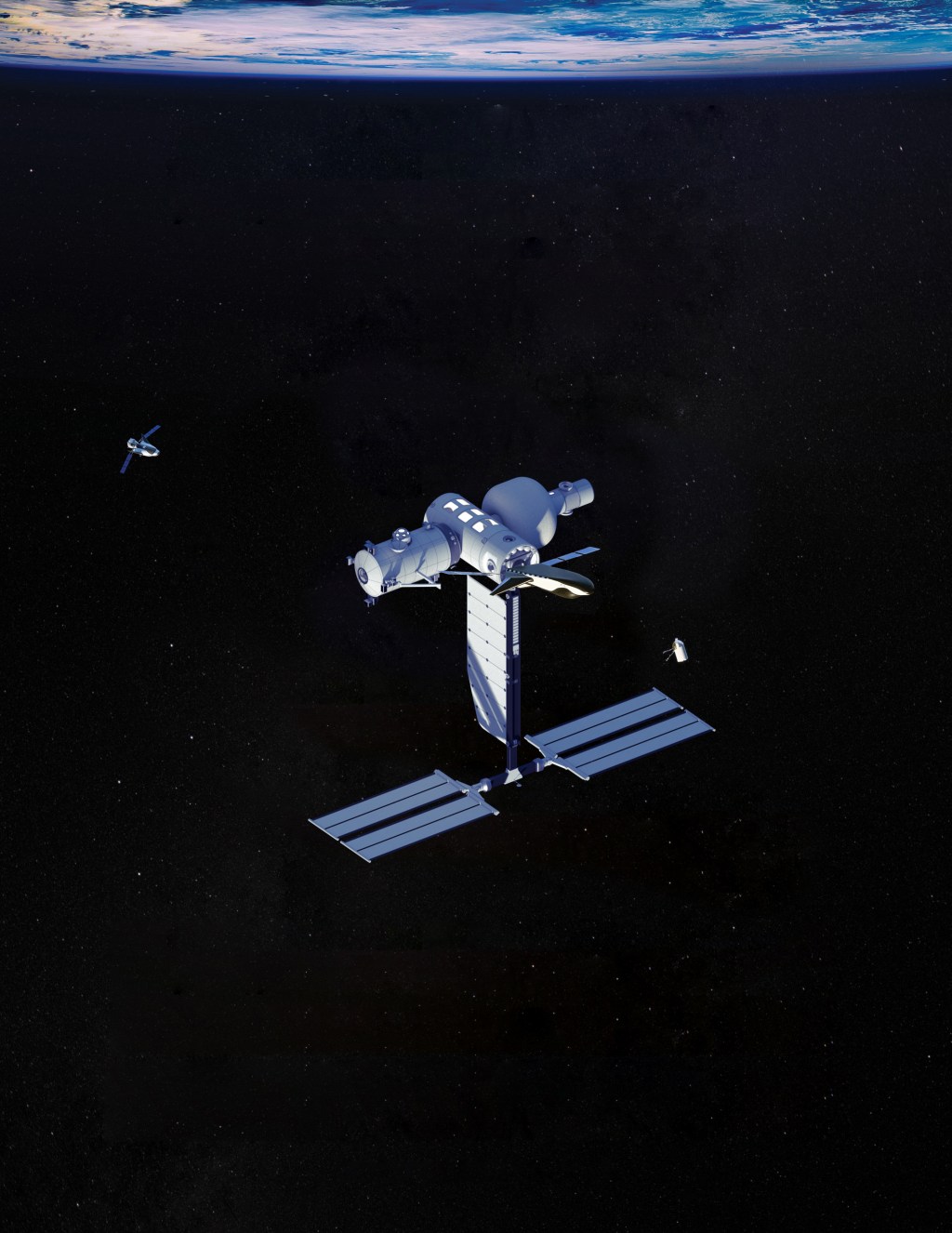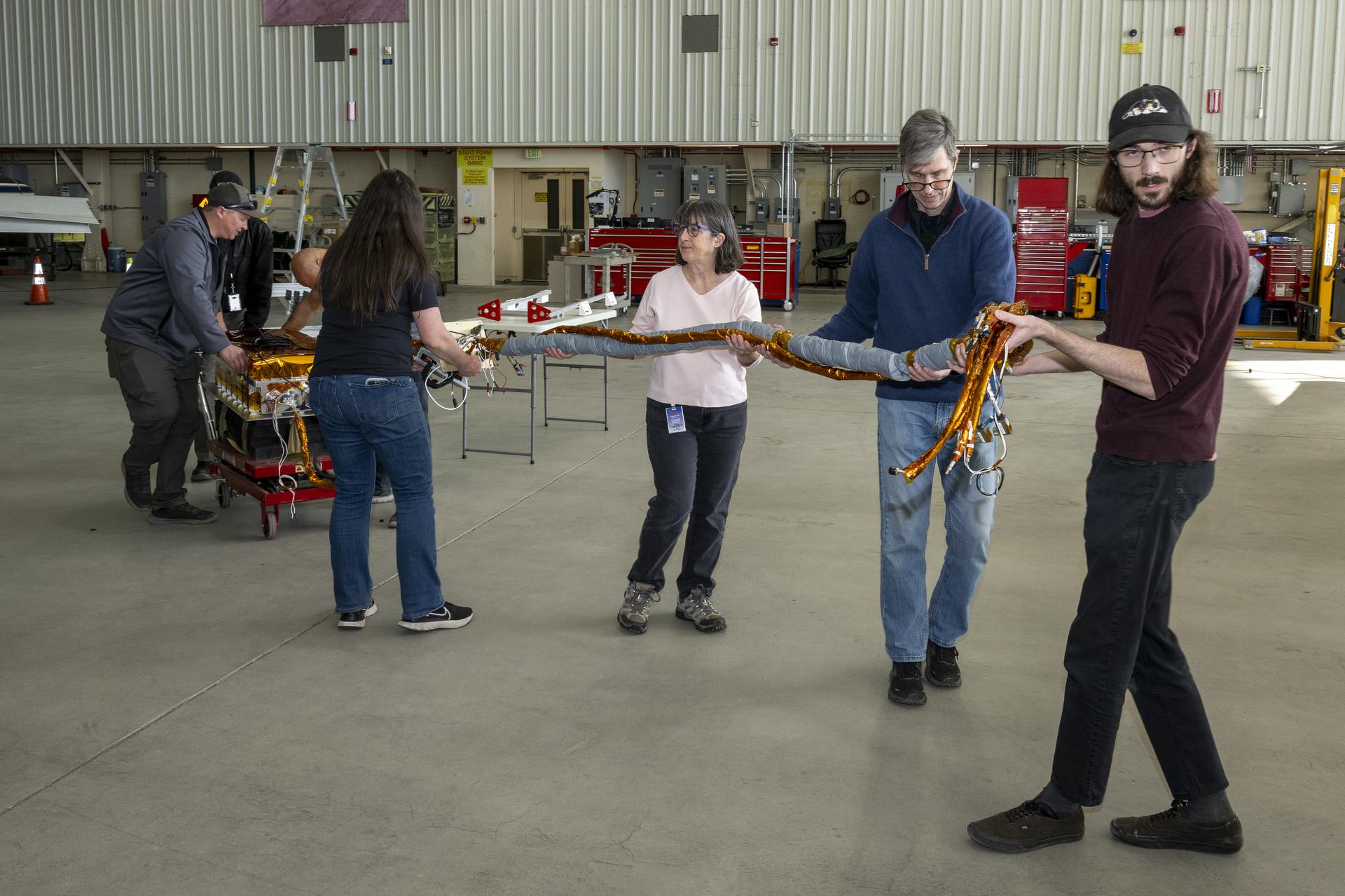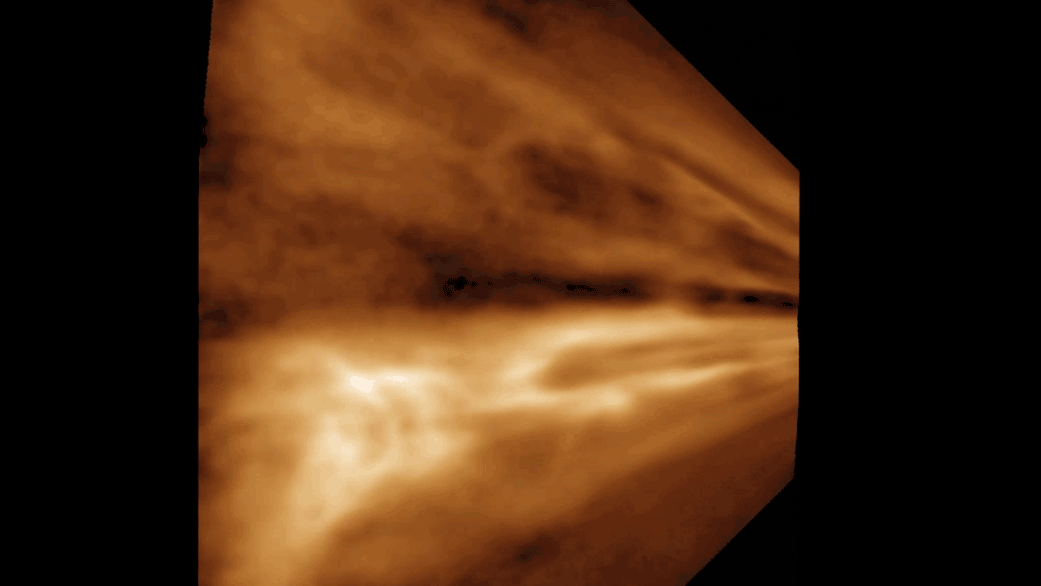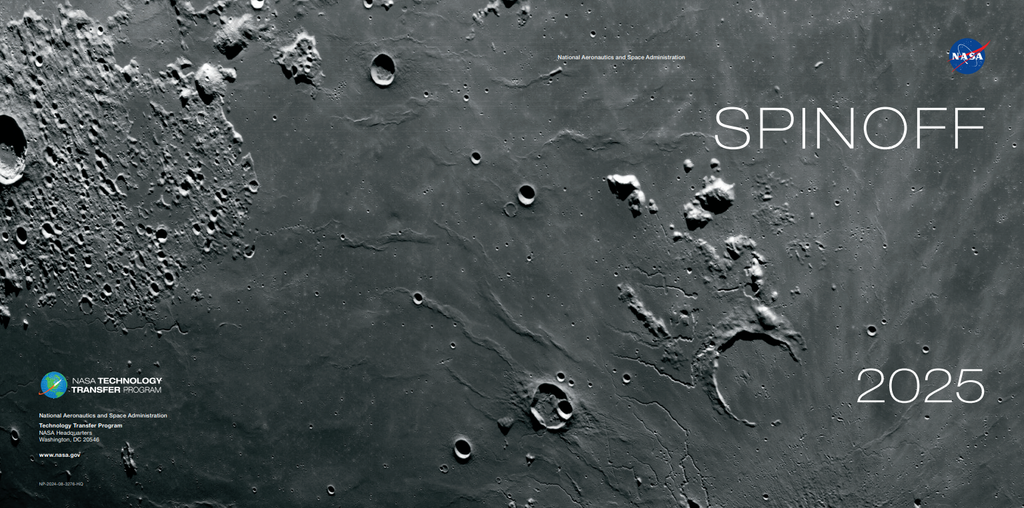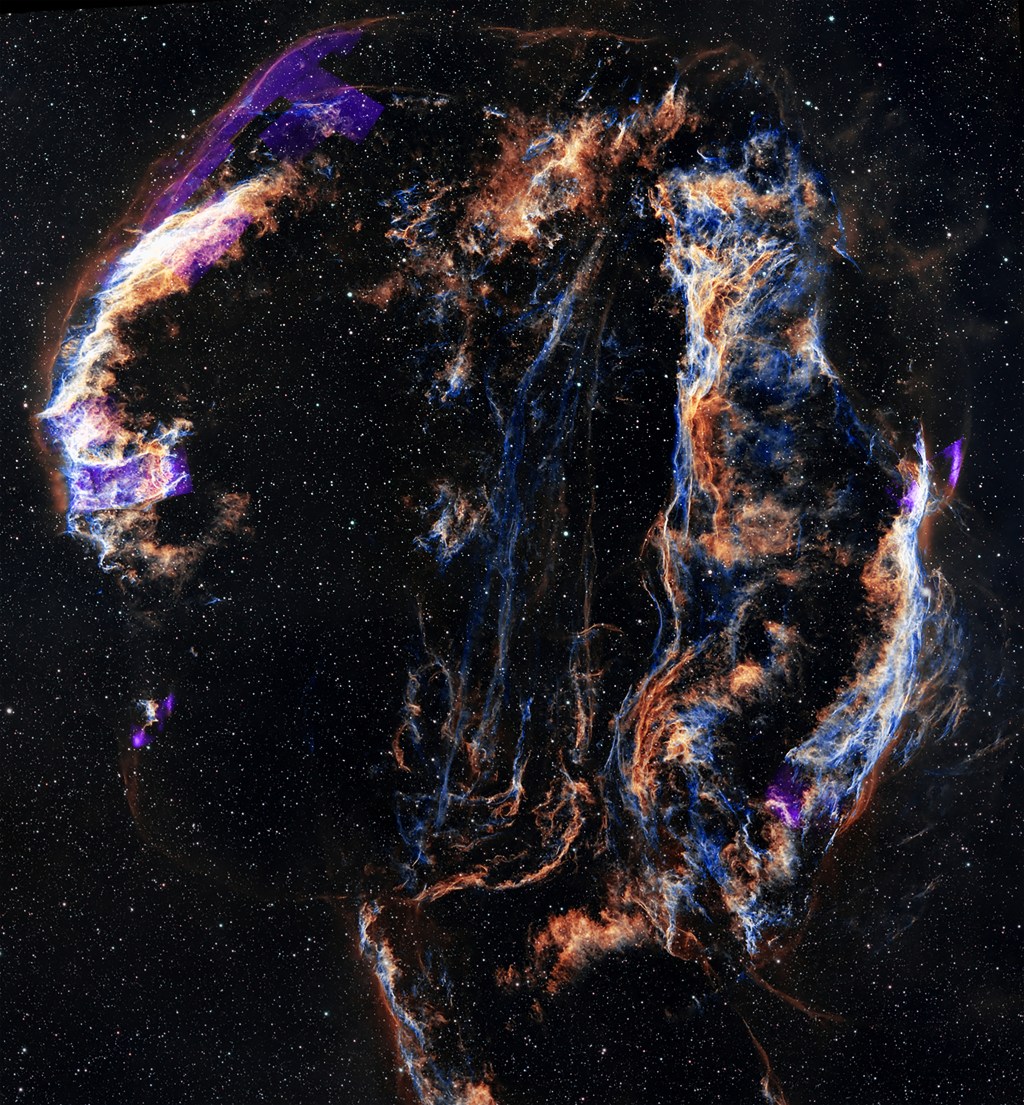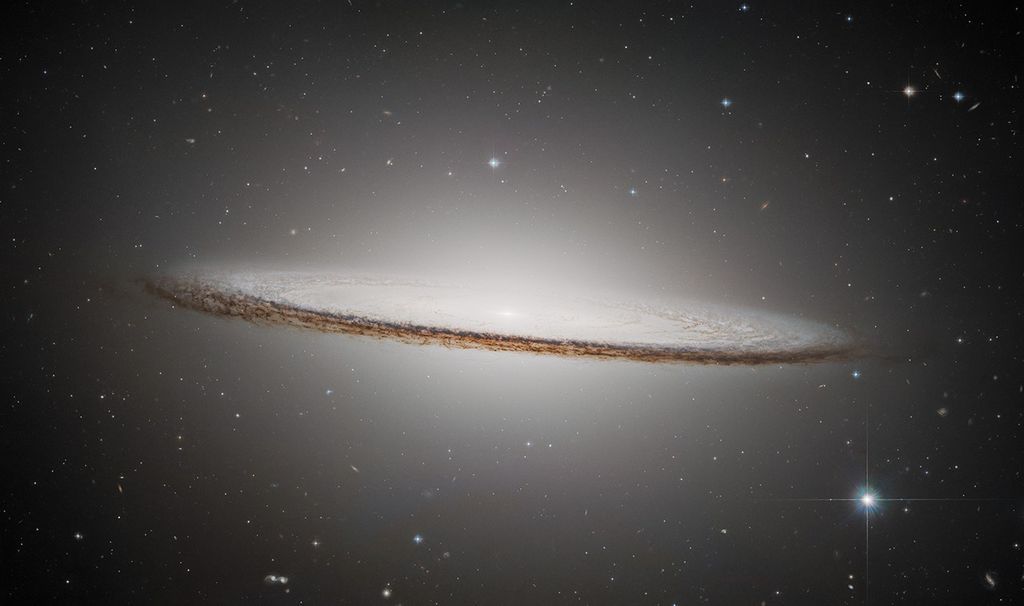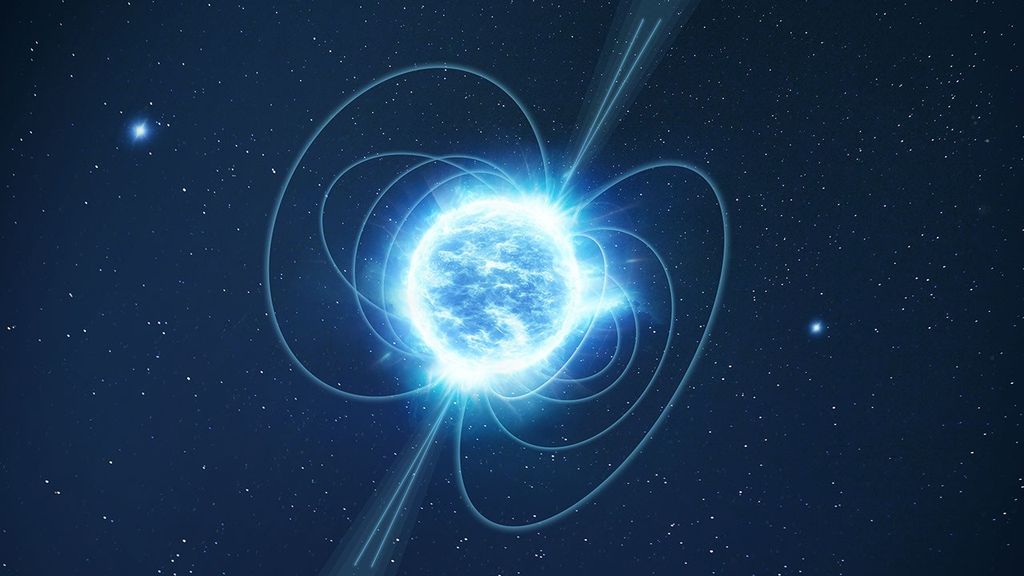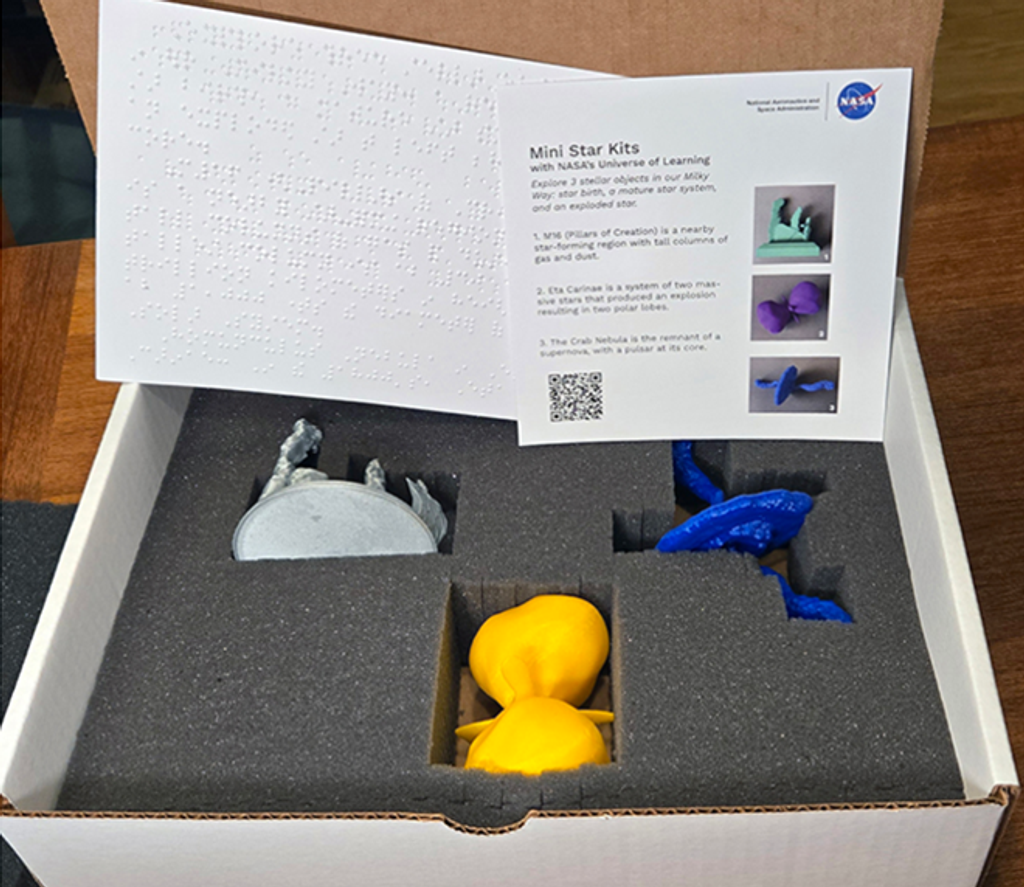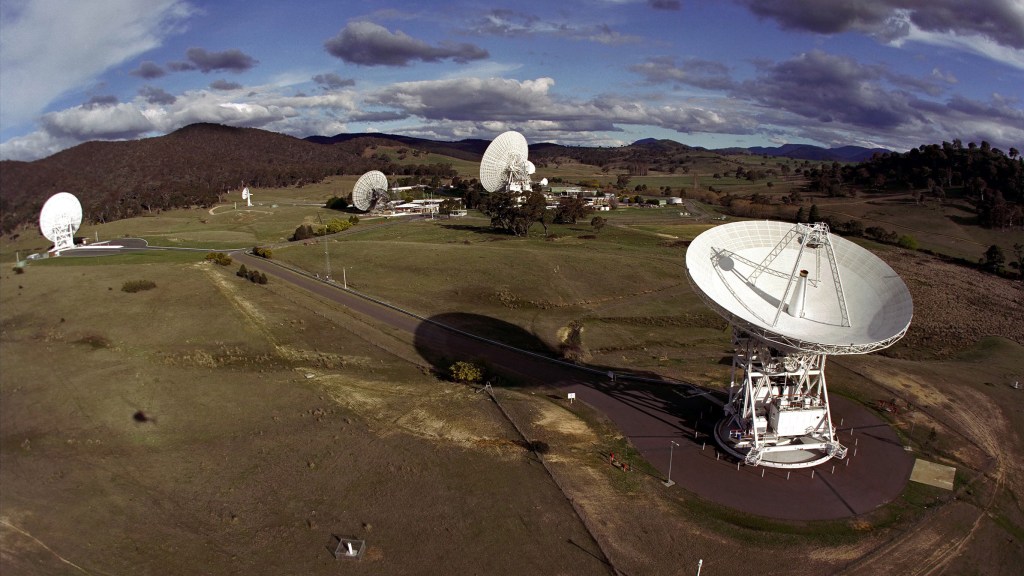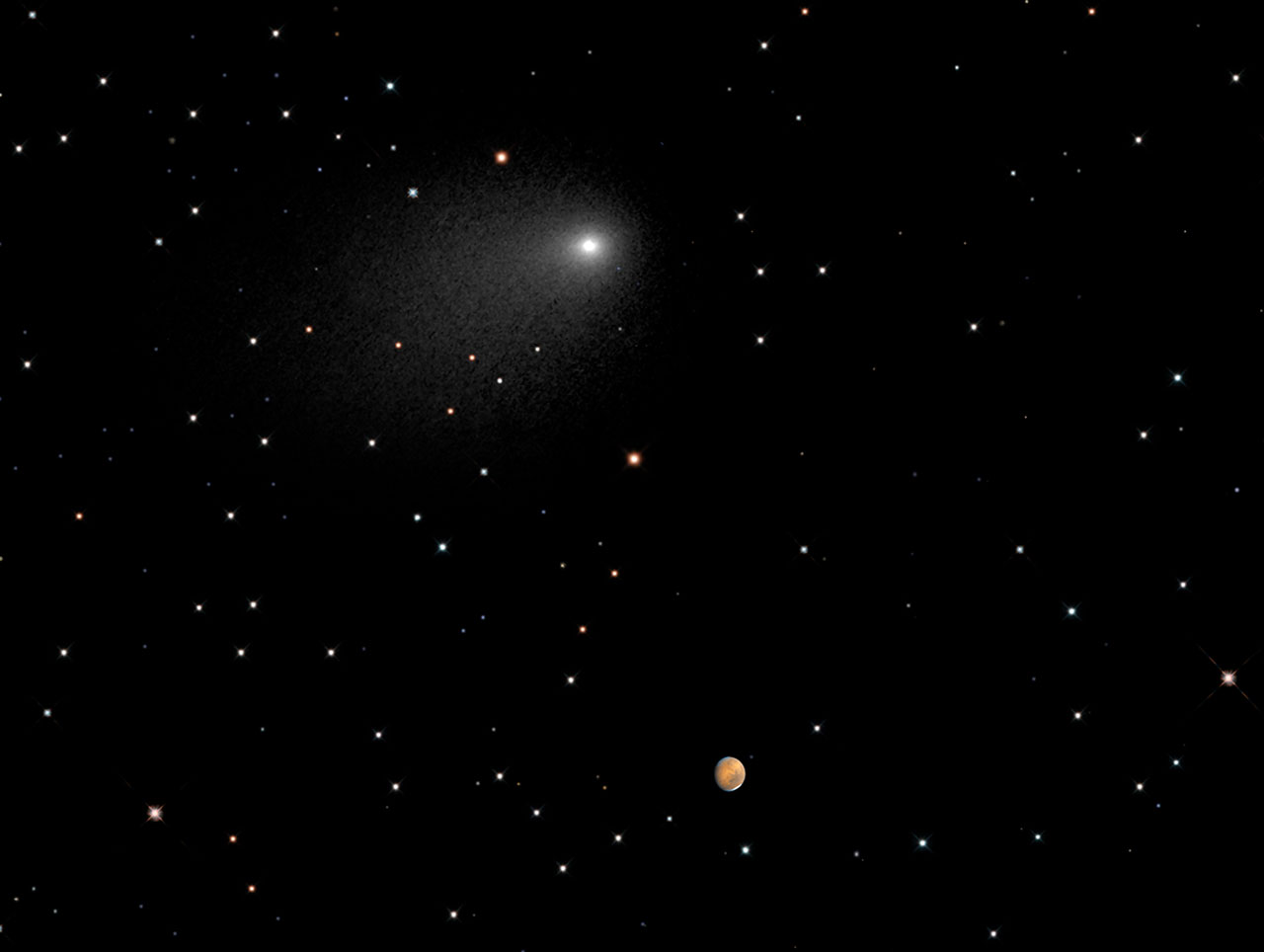Oort Cloud Facts
In 1950, astronomer Jan Oort proposed that some comets come from a vast, extremely distant spherical shell of icy bodies surrounding the solar system. This giant swarm of objects, now named the Oort Cloud, occupies space at a distance between 5,000 and 100,000 astronomical units.
Introduction
In the silence and darkness between the stars, where our Sun appears as just a particularly bright star, a theorized group of icy objects collectively called the Oort Cloud coast along their orbits like lazy moths around a porch light.
Scale and Distance
The Oort Cloud is the most distant region in our solar system, and it's jaw-droppingly far away,extending perhaps one-quarter to halfway from our Sun to the next star.
To appreciate the distance to the Oort Cloud, it’s helpful to set aside miles and kilometers and instead use the astronomical unit, or AU — a unit defined as the distance between Earth and the Sun, with 1 AU being roughly 93 million miles or 150 million kilometers.
For comparison, Pluto’s more elliptical orbit carries it between about 30 and 50 astronomical units from the Sun. The inner edge of the Oort Cloud, however, is thought to be located between 2,000 and 5,000 AU from the Sun, with the outer edge being located somewhere between 10,000 and 100,000 AU from the Sun.
If those distances are difficult to visualize, you can instead use time as your ruler. At its current speed of about a million miles a day, NASA's Voyager 1 spacecraft won't enter the Oort Cloud for about 300 years. And it won’t exit the outer edge for maybe 30,000 years.
Even if you could travel at the speed of light (about 671 million miles per hour, or 1 billion kilometers per hour), a trip to the Oort Cloud would require that you pack for a lengthy expedition.
NASA/JPL-Caltech
When light leaves the Sun, it takes a little over eight minutes to reach Earth, and about 4.5 hours to reach Neptune’s orbit. Just under three hours after passing Neptune’s orbit, the Sun’s light passes beyond the outer edge of the Kuiper Belt.
After another 12 hours the sunlight reaches the heliopause, where the solar wind — a torrent of charged particles flowing away from the Sun at about a million miles per hour (400 kilometers per second) — smooshes up against the interstellar medium. Beyond this boundary is interstellar space, where the Sun’s magnetic field holds no sway. The sunlight has now been traveling away from the Sun for about 17 hours.
Less than one Earth day after leaving the Sun, the sunlight has already traveled farther from the Sun than any human-made spacecraft. Yet somehow it will be another 10 to 28 days before that same sunlight reaches the inner edge of the Oort Cloud, and perhaps as much as a year and a half before the sunlight passes beyond the Oort Cloud’s outer edge.
Formation
The leading idea for the formation of the Oort Cloud says that these icy objects were not always so far from the Sun. After the planets formed 4.6 billion years ago, the region in which they formed still contained lots of leftover chunks called planetesimals. Planetesimals formed from the same material as the planets did. The gravity of the planets (primarily Jupiter) then scattered the planetesimals every which way.
Some planetesimals were ejected from the solar system entirely, while others were flung into eccentric orbits where they were still held by the Sun’s gravity, but were far enough out that galactic influences also tugged on them. Likely the strongest influence was the tidal force from our galaxy itself.
In short, gravity from the planets shoved many icy planetesimals away from the Sun, and gravity from the galaxy likely caused them to settle in the borderlands of the solar system, where the planets couldn’t perturb them anymore. And they became what we now call the Oort Cloud. Again, that’s the leading idea, but the Oort Cloud could also capture objects that didn’t form in the solar system.
Orbit and Rotation
Unlike the planets, the main asteroid belt and many objects in the Kuiper Belt, objects in Oort Cloud do not necessarily travel in the same direction in a shared orbital plane around the Sun. Instead, they can travel under, over and at various inclinations, around the Sun as a thick bubble of distant, icy debris. Hence, they’re called the Oort Cloud rather than the Oort Belt.
Dutch astronomer Jan Oort proposed the existence of the cloud to explain (among other things) where long-period comets come from, and why they seem to come from all directions rather than along the orbital plane shared by the planets, asteroids and the Kuiper Belt.
Home to Comets
There may be hundreds of billions, even trillions, of icy bodies in the Oort Cloud. Now and then, something disturbs the orbit of one of these icy worlds, and it begins a long fall toward our Sun. Two recent examples are comets C/2012 S1 (ISON) and C/2013 A1 Siding Spring. ISON disintegrated when it passed too close to the Sun. Siding Spring, which made a very close pass by Mars, survived its visit to the inner solar system, but will not return for about 740,000 years.
Most known long-period comets have been seen only once in recorded history because their orbital periods are so, well, long. (Hence the name.) Countless more unknown long-period comets have never been seen by human eyes. Some have orbits so long that the last time they passed through the inner solar system, our species did not yet exist. Others have never ventured close to the Sun in the billions of years since they formed.






